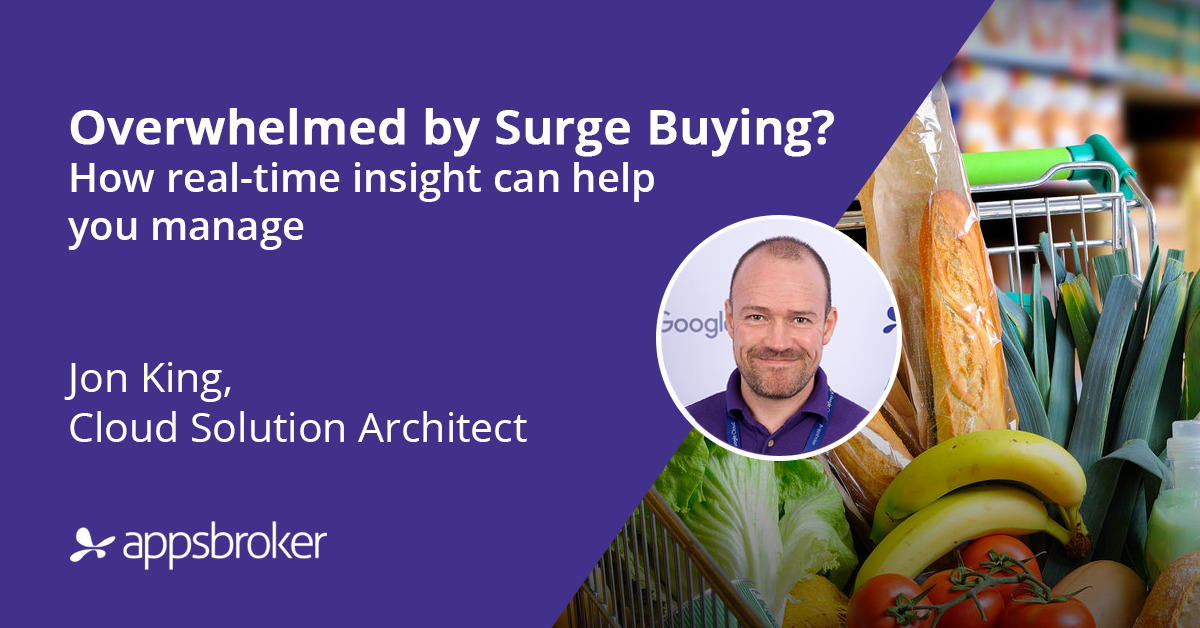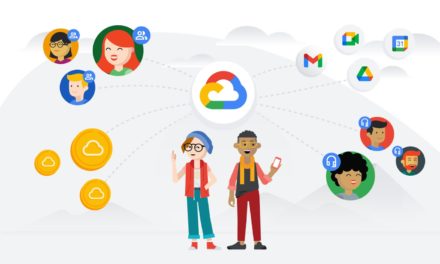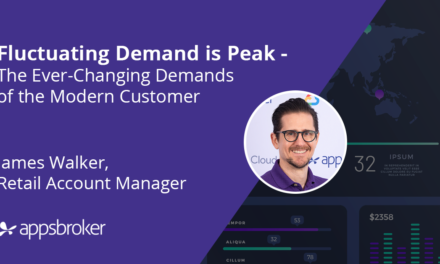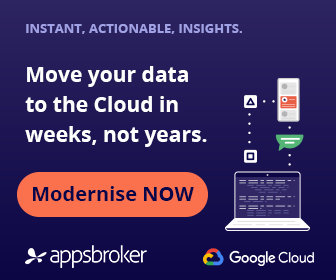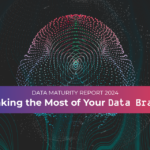Over the past few weeks, retailers have found themselves in uncharted territory as bulk and panic buying continue to leave the shelves empty of staple foods. Fortunately, real-time consumer insights can help you manage; here’s how.
Despite government-enforced limitations on the number of items per person, the impact this movement has had on retail has forced businesses to redefine supply chain expectations, keeping enough to only guarantee stock for 24 to 36 hours, rather than the accustomed one or two week period.
One of the biggest challenges for supermarkets in particular has been having the human resource to restock in time, with retail giants such as Tesco and Asda closing their 24-hour outlets overnight to give staff the opportunity to repopulate depleted shelves and aisles. This is exacerbated by the unpredictable nature of surge purchasing, which can make analysing buying patterns in time to make meaningful forecasts impossible, especially when stores are forced to continually refresh stock levels in timescales of barely over a day.
But data can help businesses deal with these challenges, and more specifically the way the data is processed and analysed in real time. Several years ago, Appsbroker worked with a major retailer to enable them to make the best use of the data they already produce day-to-day, and the solution that utilises Google Cloud Platform is just as applicable in the current climate.
Download The Retailer’s Guide to Data Maturity to find out how we can help you expand your data capabilities, improve performance, and drive revenue on Google Cloud.
The client’s setup is typical of the industry – each store has a number of different PoS (point of sale) systems (between 20 and 30 per store, across roughly 500 stores!), collecting information on baskets, sales and operator interactions, such as void sales and calls for assistance. This information was then sent from every store and centralised in the head office.
However, the client was struggling to extract any meaning from all this data rapidly enough for it to have a timely business impact – receiving a report on sales a whole 24 hours later provided no insight into how to better stock shelves. They were also encumbered with legacy analytics systems which were going end-of-life, and would take so long to generate reports that the insights would be effectively rendered useless before they were available.
While some functions of the data gathered in head office for wider picture, long-term forecasting was still useful to the business, and it had no intention to phase this out, Appsbroker worked to connect up the PoS systems at the store level, via the installation of a simple script at each location, to pipe the data regularly into Google Cloud Platform alongside its existing delivery to the head office, with at most 15-minute intervals for transmission.
When furnished with this data in the Google Cloud environment, we were able to set up reports that dealt with near-to real-time information based on actual store activity, delivering far better insight. For this particular client, one of the immediate applications was around fraud detection, with the reports able to monitor any pattern of unusual behaviour developing – such as lots of items being processed and then voided at self-checkout. An alert would then automatically be sent to the security team so they could investigate.
But more relevant to today’s challenges, this solution delivers rapid insight into wider store patterns, particularly around the popularity of particular items. This allows supermarkets to prioritise the supply and then stocking of groceries such as pasta and rice, while also being able to de-prioritise items which just aren’t selling as much. And the decisions can be made on-the-day, supporting this 24-36 hour supply cycle and making sure that the right calls are made based on real, up-to-date information that identifies actual trends and patterns in purchasing behaviour.
What makes this approach more manageable is that it doesn’t require replacement of existing technologies – instead, all existing data services can continue running as-is, only now additional and critical insight can be accessed through the parallel Google Cloud solution.
And as retailers look to collaborate more closely, this solution also enables far better data sharing and insight across multiple different businesses, helping to provide a better, up-to-date picture of the reality and enabling rapid reactions to ensure that stock levels are informed and best managed.
Download The Retailer’s Guide to Data Maturity to find out how we’re helping organisations like yours unlock advanced data capabilities on Google Cloud.

